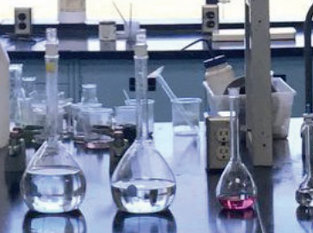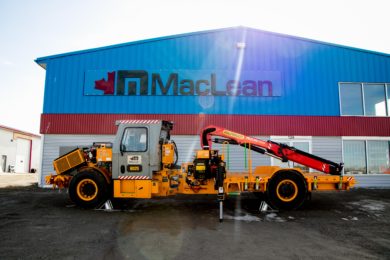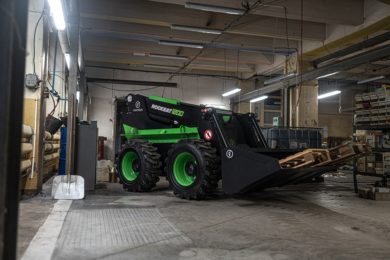Neometals Ltd reports outstanding results of test work on a titanium‐based adsorbent, developed by the company, which has the potential to deliver a more cost effective and environmentally friendly method of extracting lithium and potassium from sodium rich brines as compared to traditional solar evaporation.
Test work conducted by a leading independent Australian research facility has confirmed that Neometals’ adsorbent technology is able to successfully recover lithium and potassium from salar brines while rejecting all of the sodium in solution. The continuous cycle testing demonstrates that the technology has the potential to replace the sodium removal by the conventional solar evaporation process stage used in typical brine processing flowsheets, such as those used in the Andes region of South America.
The conventional solar evaporation phase requires significant capital expenditure to construct a series of large evaporation ponds, significant maintenance of the operating ponds to harvest and store salt and has an approximate 12 months processing period. Water in the brine that has been extracted from aquifers and salars is lost to the atmosphere through evaporation.
In comparison, the Proof of Concept test results indicate that lithium and potassium adsorption, and rejection of sodium, could be conducted using conventional process equipment with residence times of less than 30 minutes. Returning nearly all of the brine volume to the salar allows exploitation of salar aquifers with anticipated minimal impact on the water table.
Synthetic and natural brine samples were used in bench scale laboratory testing at a leading independent Australian research facility. Research and development work since 2015 has resulted in:
- The complete rejection (100%) of sodium in the brine by the adsorbent material
- In the adsorption phase lithium recovery ranging from 53‐79% and potassium recovery from 36‐45%. The balance is returned to the salar for future extraction
- Equilibrium adsorption (loading) was typically 5‐15 minutes and desorption (stripping) was 5‐10 minutes in the cycle testing phase. Adsorbent readily separated from the aqueous phase using conventional solid/liquid separation methods.
Trial adsorbent has been made from commercial reagents and from titanium compounds produced from the company’s Barrambie titanium project test program. Performance of adsorbent material appears to improve with increased grade of raw material and the Barrambie test product appears to deliver superior adsorbent performance.
The conceptual plan is to return “stripped” brine to the salar or aquifer and use a large processing volume coupled with short cycle time to extract lithium/potassium on a suitable scale. The company is also evaluating other technologies that can be coupled with the adsorption technology in an integrated flow sheet that completely replaces the salt removal and brine concentration/purification phases used in conventional brine flow sheets. The concept is represented in the following illustration.
Neometals Managing Director, Chris Reed, commented: “Proving this scalability of this technology will have significant implications for brine‐based producers and developers, who hold 75% of the world’s lithium resources. Increasing the speed and yield of lithium extraction from brines and reducing operating and capital costs are the keys to unlocking supply needed to meet the lithium demands of the next decade. ”
The company has filed a Provisional Patent and PCT Application. Its strategy is to develop related technologies and commercialise the technologies with suitable partners. The commercial strategy is licence the technology for royalties and to retain the right to deploy it as principal.










